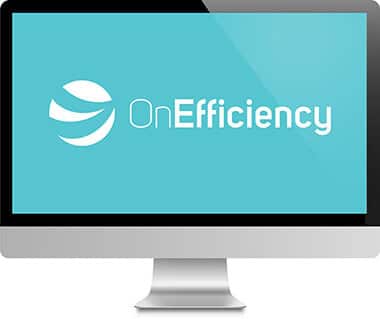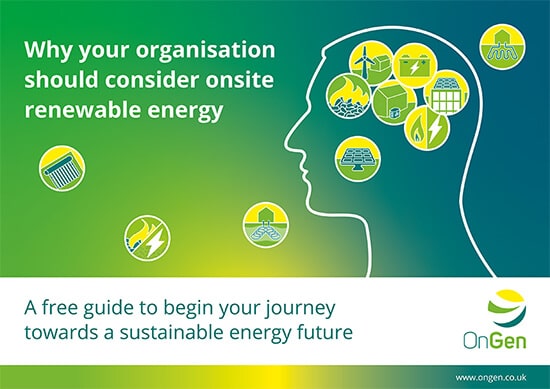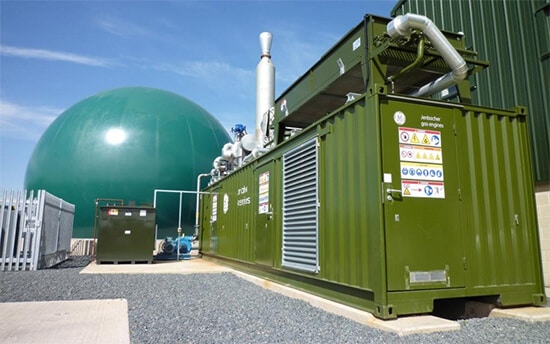Roof Mounted Solar

What is Roof Mounted Solar?
Solar PV is a renewable technology that converts the sun's energy into electricity. Each panel is made up of small solar cells consisting of semi-conductive material, commonly made from silicon. This material is used to convert the solar radiation into electricity. When light shines on the cell an electric field is created across the layers, causing electrons to flow and electricity to be generated. Each cell generates a bit of electricity and when connected to form panels and deployed in an array, useful amounts of electricity can be generated. There are two types of solar mounting options: roof mounted and ground mounted.
Roof mounted solar PV is simply where the panels are attached to the roof of a building, on either pitched or flat roofs. On a pitched roof, the panels can be mounted with brackets or embedded into the roof structure to be flush with the roof covering. For flat roof installation, the panels should be mounted on a supporting frame to ensure an optimum tilt angle for maximum performance. The frame can then be bolted to the roof or anchored securely.
Roof mounted solar PV is simply where the panels are attached to the roof of a building, on either pitched or flat roofs. On a pitched roof, the panels can be mounted with brackets or embedded into the roof structure to be flush with the roof covering. For flat roof installation, the panels should be mounted on a supporting frame to ensure an optimum tilt angle for maximum performance. The frame can then be bolted to the roof or anchored securely.
How Roof Mounted Solar Panels are applied to building?
The suitability of the roof that the panels are to be attached to is of paramount importance from both a structural and a geospatial perspective.
In the UK, solar panels are most effective when placed on a south facing roof. However, solar panels are also a viable option if the roof is an east or west orientation, the overall yield will be less than an equivalent south facing array - however a site’s generation profile could correlate more closely with the site’s electricity demand.
The pitch of the roof is also an important factor, with solar panels being most effective at 30-35 degrees for sites in the UK.
For flat roof mounted systems, the optimal pitch and orientation (considering any obstacles that would cause shading) can be achieved using a frame.
The biggest impact on the generation yield of a solar PV system is shading, e.g. by trees, other buildings or any other items on the roof. This is particularly important when it comes to spacing solar PV arrays (rows of connected panels) in parallel rows on a flat roof.
While this is not a concern on pitched roofs, as panels can simply be placed above or below other panels, rows of panels on flat roofs needs to be placed in front of or behind other rows and they can cast a substantial
shadow at low sun angles. Therefore, panels need to be carefully spaced on flat roofs, considering the height
and tilt angle of the panel, the latitude of the site and the angle of the sun path.
Finally, roof integrity and structure will need to be assessed to determine if the roof can take the additional load. Any additional strengthening work that may be required can take place at the same time as the panel installation.
If the roof is deemed to be unsuitable for installation, due to size or structural integrity for example, ground mounted solar PV could be an effective alternative.
In the UK, solar panels are most effective when placed on a south facing roof. However, solar panels are also a viable option if the roof is an east or west orientation, the overall yield will be less than an equivalent south facing array - however a site’s generation profile could correlate more closely with the site’s electricity demand.
The pitch of the roof is also an important factor, with solar panels being most effective at 30-35 degrees for sites in the UK.
For flat roof mounted systems, the optimal pitch and orientation (considering any obstacles that would cause shading) can be achieved using a frame.
The biggest impact on the generation yield of a solar PV system is shading, e.g. by trees, other buildings or any other items on the roof. This is particularly important when it comes to spacing solar PV arrays (rows of connected panels) in parallel rows on a flat roof.
While this is not a concern on pitched roofs, as panels can simply be placed above or below other panels, rows of panels on flat roofs needs to be placed in front of or behind other rows and they can cast a substantial
shadow at low sun angles. Therefore, panels need to be carefully spaced on flat roofs, considering the height
and tilt angle of the panel, the latitude of the site and the angle of the sun path.
Finally, roof integrity and structure will need to be assessed to determine if the roof can take the additional load. Any additional strengthening work that may be required can take place at the same time as the panel installation.
If the roof is deemed to be unsuitable for installation, due to size or structural integrity for example, ground mounted solar PV could be an effective alternative.
The three-step process to net zero energy
OnGen offers a three-step process through OnGen Expert, OnEfficiency & OnSupply. Steps can be done holistically or separately.

Step 1:
Reduce energy consumption:
With OnEfficiency, we can help you identify where and what you can do to reduce energy consumption and improve energy efficiency.
By becoming more energy efficient, carbon emissions for your organisation will begin to reduce, along with the cost of energy.
By becoming more energy efficient, carbon emissions for your organisation will begin to reduce, along with the cost of energy.

Step 2:
Consider onsite renewable energy and battery storage:
With the OnGen Expert, we can help you explore the feasibility of generating and storing your own energy via a range of onsite renewable energy generation sources, like solar PV and heat pumps.
Switching to generating renewable energy onsite reduces the demand for grid-supplied energy, lowering the cost of energy bills, gaining resilience to grid fluctuations and reducing carbon emissions.
Switching to generating renewable energy onsite reduces the demand for grid-supplied energy, lowering the cost of energy bills, gaining resilience to grid fluctuations and reducing carbon emissions.

Step 3:
Switch to zero-carbon energy suppliers:
With OnSupply, we can help you find the cheapest green energy tariffs for any grid-supplied gas and electricity demand.
Eliminate the remaining energy-related carbon emissions for your organisation.
Eliminate the remaining energy-related carbon emissions for your organisation.
Your organisation will be assigned a dedicated account manager, who will offer training support and guidance. Additionally, if your organisation is struggling for time, the Managed Service, where assessments are conducted by the OnGen team on your behalf, can be a great option.

Talk to one of our team
Book a 20-minute conversation to discuss how we can help you by providing the right information, to make the right decisions.


Download our free Renewable Energy Guide
Case Study
“By assessing solar capability using the OnGen Expert software, we have been able to identify 4,000 tonnes of potential carbon savings in our city-centre building stock. OnGen has made it simple and easy for us to demonstrate potential energy costs savings of £2.9 million across the lifetime of potential onsite renewable installations. The OnGen Expert software has shown us the potential of onsite generation at a fraction of the cost of traditional assessments/consultants.”
NEYH
Book a conversation with OnGen today
Interested in finding out more information? Set up a meeting with a member of our team to discuss how we can help you.









